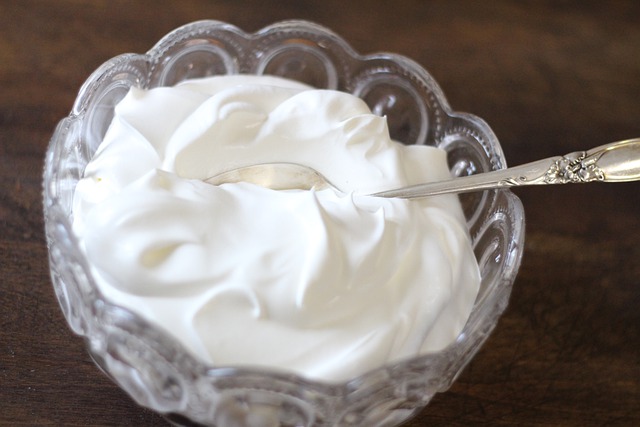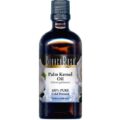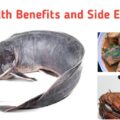For years, fat was a four-letter word. We were urged to banish it from our diets whenever possible. We switched to low-fat foods. But the shift didn’t make us healthier, probably because we cut back on healthy fats as well as harmful ones.
You may wonder if isn’t fat bad for you, but your body needs some fat from food. It’s a major source of energy. A small amount of fat is an essential part of a healthy, balanced diet. Fat is a source of essential fatty acids, which the body cannot make itself. Fat helps the body absorb vitamin A, vitamin D and vitamin E. These vitamins are fat-soluble, which means they can only be absorbed with the help of fats. Fat is needed to build cell membranes, the vital exterior of each cell, and the sheaths surrounding nerves. It is essential for blood clotting, muscle movement, and inflammation.
However, too much fat in your diet can cause a range of serious problems, including metabolic syndrome, cardiovascular disease, and gastrointestinal issues. But dietary fat is also a necessary and healthy nutrient that supports a wide range of bodily functions.
In the end, whether or not you’re consuming too much fat comes down to the type of fat you’re eating. For long-term health, some fats are better than others. Good fats include monounsaturated and polyunsaturated fats. Bad ones include industrial-made trans fats. Saturated fats fall somewhere in the middle.
What is Milk Fat?
Generally, most milk contains approximately 3.4% of total fat. Milk fat has the most complex fatty acid composition of edible fats. Over 400 individual fatty acids have been identified in milk fat. However, approximately 15 to 20 fatty acids make up 90% of the milk fat.
Milk fat performs many definite functions in human diets. It is a rich source of fat-soluble vitamins, essential fatty acids, and other growth-promoting factors. It is believed that ghee improves mental power, physical appearance, and longevity. It increases the capacity to work and enhances the body’s resistance to stresses such as cold and undernourishment.
What Is Heavy Cream?
Heavy cream refers to milk fat that collects at the top of fresh milk if it hasn’t been homogenized. Homogenizing milk is the process that turns the fat in milk into droplets that are so infinitesimal that they stay suspended in the milk. The layer of fat is skimmed and separated from the whole milk to produce two products: cream and milk. In the world of cream, a variety of types exist, ranging from half and half cream, which is lighter, to heavy cream, to heavy whipping cream, which is used for making whipped cream and thick custards.
Heavy cream is regulated by the Food and Drug Administration or FDA. They have decreed that heavy cream can contain 36% to 40% fat, with the rest of the liquid being milk. Typically, you’ll only find heavy cream that is 36% fat in a grocery store. Restaurants get the really good stuff – 40%.
Are Heavy Cream and Whipping Cream The Same?
Yes, heavy cream and heavy whipping cream are the same things. Some brands label the product as heavy cream; others label it as heavy whipping cream. However, heavy cream is the richest type of liquid cream with a fat content of at least 36%, while whipping cream contains between 30% and 36% fat.
In general, the more fat in the cream, the more stable it will be for whipping and sauce-making. For whipping, you need a minimum of 30% fat. While both whipping cream and heavy cream whip up quickly.
According to Healthline, heavy cream and whipping cream have virtually the same nutritional composition aside from their fat content. Their difference in calories mainly reflects this fat difference.
Here is a comparison between 1 tablespoon (15 mL) of heavy cream and the same amount of whipping cream:
| Heavy cream | Whipping cream | |
| Calories | 51 | 44 |
| Fat | 5.4 grams | 4.6 grams |
| Protein | 0.4 grams | 0.3 grams |
| Carbs | 0.4 grams | 0.4 grams |
| Sugar | 0.4 grams | 0.4 grams |
Both heavy and whipping cream are significant sources of saturated fat.
When you whip regular milk you get air bubbles. But when you whip heavy cream you get a dairy product that doubles in volume. The colder the heavy cream is, the better it is for whipping. To achieve a thick, whipped cream you can use a fork, hand beater, or electric beater.
However, due to the high-fat content in heavy cream, it is not healthy to indulge in it on a regular basis. While it might taste good and be high in calcium, certain health risks exist from eating too many high-fat dairy products, such as the clogging of the arteries and high cholesterol.
How do I know the percentage of fat in my milk?
The percentage on your milk container is the amount of fat in the milk by weight. Whole milk is about 3.5% fat, and it’s the closest to the way it comes out of the cow. There also are other options for those who have different health needs or taste preferences, including reduced-fat (2%), low-fat (1%), and fat-free milk.
Again, the only difference between the milk types is the amount of fat, which also is reflected in total calorie differences among different types of milk. How is this done? Before milk is bottled, all of the fat is removed. It’s then re-added to the milk in the various percentages. None of these kinds of milks are watered down.
While the fat content in milk may vary, you can feel good knowing that all cow’s milk contains the same 13 essential nutrients. This is true whether the milk is lactose-free or organic





